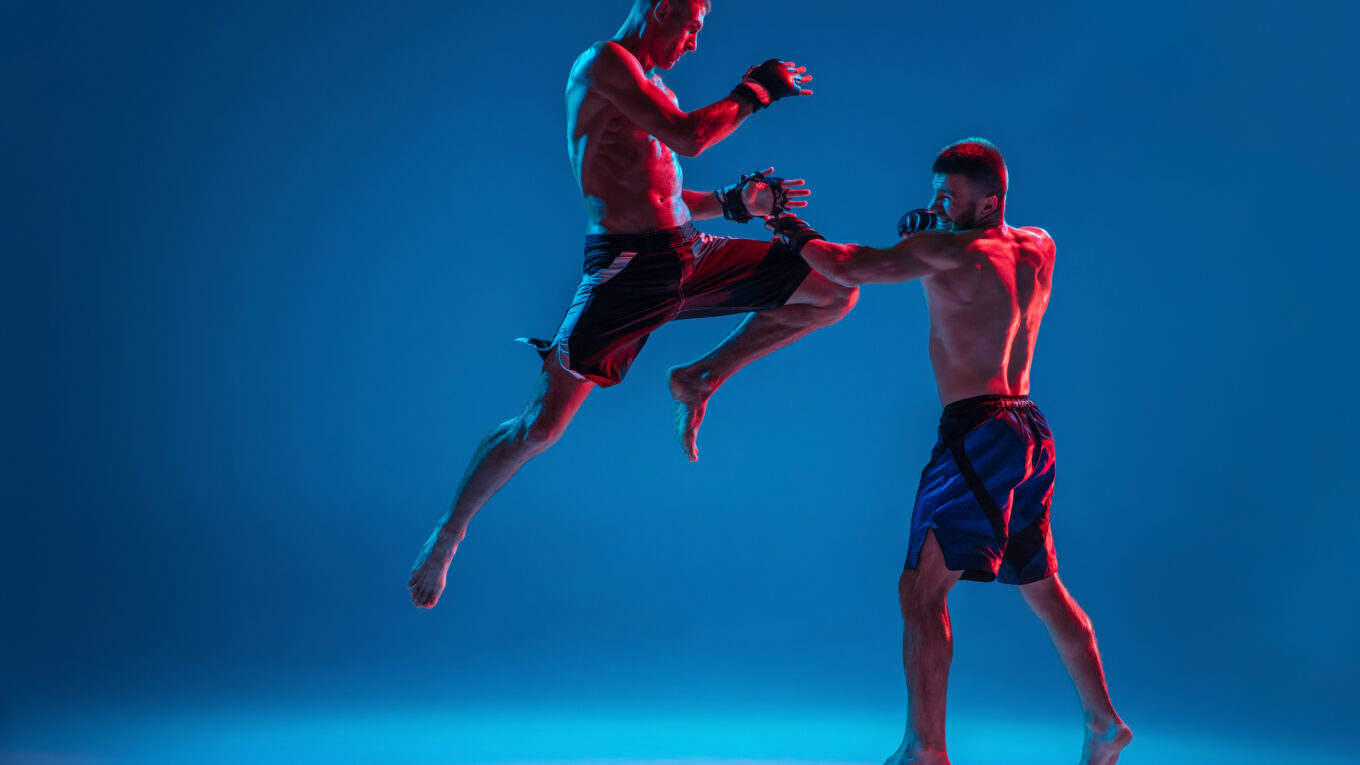The Rise of UFC as a Global Sporting Phenomenon
Over the past two decades, the Ultimate Fighting Championship (UFC) has grown from a controversial fringe sport into a multi-billion dollar global phenomenon. The business behind the world’s largest mixed martial arts (MMA) promotion has fueled its meteoric rise. This article explores the commercial evolution that has enabled UFC to become the fastest growing sport in the world.
UFC was founded in 1993 with the aim of identifying the most effective martial art through no-holds-barred fighting tournaments. The early events attracted controversy and accusations of brutality, leading it to be banned in 36 states by 2001. Under new ownership, UFC implemented stricter rules and rebranded itself as a legitimate sport. This paved the way for regulatory acceptance and expanded distribution.
The Zuffa Era and Mainstreaming of UFC
The 2001 purchase of UFC by Zuffa LLC marked a major turning point for the brand. Zuffa was led by businessmen Dana White and Lorenzo and Frank Fertitta, who transformed UFC from a fringe oddity into a globally respected sport. They invested in production values, talent acquisition, and marketing to alter public perceptions.
Greater regulation was introduced, including weight classes, rounds, time limits, judging criteria and banned moves. This helped legitimize MMA as a sport, leading to the legalization of MMA in all 50 US states by 2011. Television deals soon followed, bringing the adrenaline-fueled action of the octagon into households around the world.
Strategic Partnerships and Sponsors
Lucrative sponsorship deals and partnerships have provided financial windfalls for UFC. A landmark 7-year deal was struck with Fox Sports in 2011 for broadcast rights worth an estimated $700 million. Further windfalls came from agreements with Anheuser-Busch, Harley Davidson, Toyo Tires and video game giant EA Sports. According to Forbes, UFC generated $600 million in sponsorship revenue between 2005-2015.
International Expansion
UFC has worked diligently to expand beyond the American market. It has held events in Canada, UK, Australia, China, Japan, Mexico, Sweden, Poland and the UAE. Over 30% of UFC’s 2021 revenue was generated outside North America.
The promotion has cultivated homegrown MMA talent from Europe to Asia-Pacific to grow the sport’s popularity worldwide. It has also signed foreign stars like Conor McGregor to help put new markets on the map. McGregor’s rise coincided with UFC’s efforts to grow in Europe. His chart-topping pay-per-view fight with Khabib Nurmagomedov broke PPV records globally.
The Power of Pay-Per-View
Pay-per-view sales have been UFC’s cash cow, generating hundreds of millions in revenue annually. 6 of the 10 highest selling PPV events in combat sports history have been UFC events. Conor McGregor features in 4 of those 6 events.
According to Tapology, UFC’s PPV buys increased from 3.3 million in 2010 to nearly 10 million by 2019. Despite declining TV viewership for live sports, fans continue paying top dollar for UFC’s PPV spectacle.
UFC also monetizes PPV through commercial partnerships. In 2021, they renewed a PPV distribution pact with ESPN worth $1.5 billion over 7 years. UFC Events regularly feature sponsors like Crypto.com, DraftKings and Manscaped during PPV broadcasts.
Spectacular UFC Fighters
UFC became popular since it has been home to some of the most popular and skilled MMA fighters in the world, including:
- Conor McGregor: Arguably the biggest superstar in UFC history, known for his boisterous persona and knockout striking. Became UFC’s first simultaneous two-division champion.
- Ronda Rousey: Dominant female champion who became a crossover media star. Played a huge role in bringing women’s MMA into the mainstream.
- Khabib Nurmagomedov: Retired undefeated with a record 29-0 after a storied career. Known for his elite wrestling and grappling skills.
- Anderson Silva: Longtime middleweight champion regarded as one of the greatest fighters ever. Held the record for most consecutive UFC title defenses.
The Importance of Social Media
UFC has leveraged social media platforms to build direct engagement with young, diverse audiences. Stars like McGregor, Nurmagomedov and Ronda Rousey have gained millions of followers through their UFC feats. The promotion uses social media to create buzz around upcoming events and fights.
During UFC 229, Conor McGregor and Khabib Nurmagomedov’s Instagram and Twitter feud generated huge publicity. Their bout broke PPV records, demonstrating how social media hype converts into sales. UFC’s embrace of platforms like YouTube, Facebook, Twitter and TikTok will be vital for attracting new generations of fans.
All in all, in just over two decades, UFC has become a global multi-billion dollar enterprise. It overcame perceptions as a brutal bloodsport through strategic branding, partnerships and talent acquisition. UFC’s commercial evolution provides a blueprint for transforming a niche event into a wildly lucrative mainstream spectacle. However, its continued growth requires putting athletes’ interests first and promoting MMA as an inclusive sporting community.
